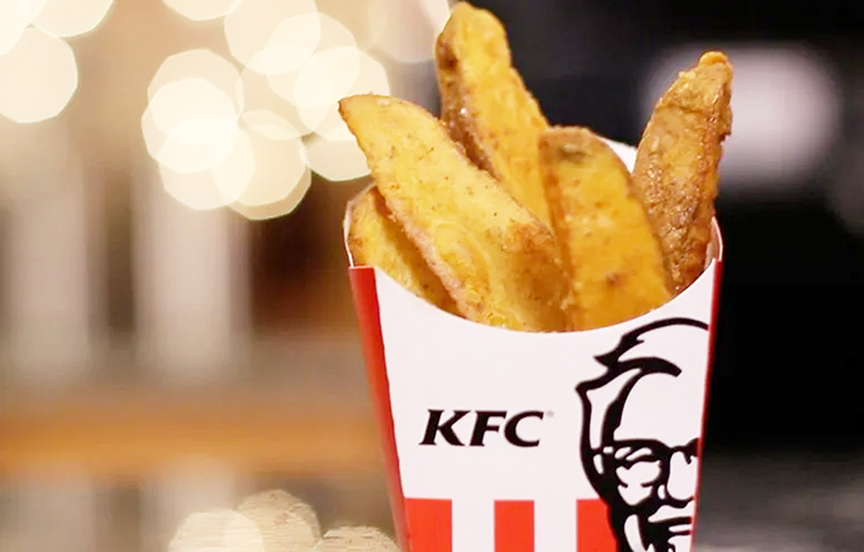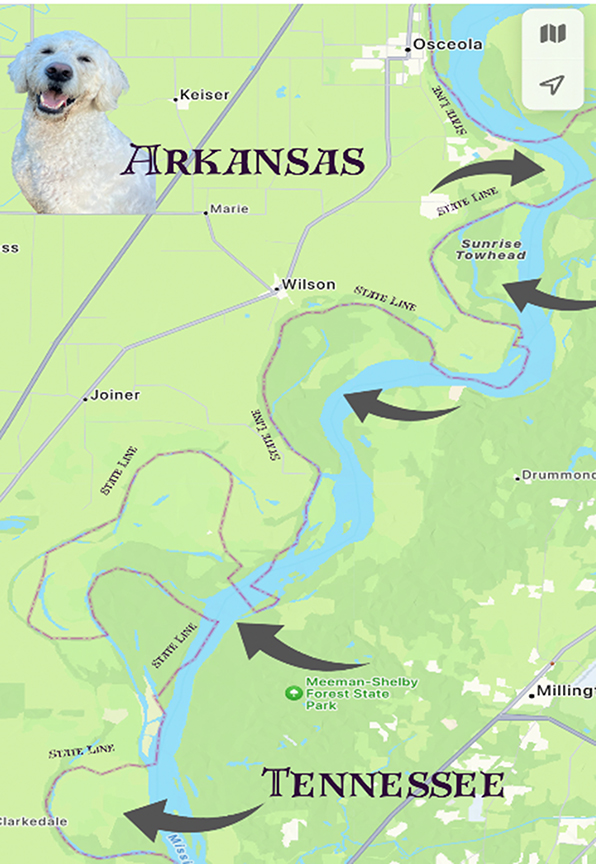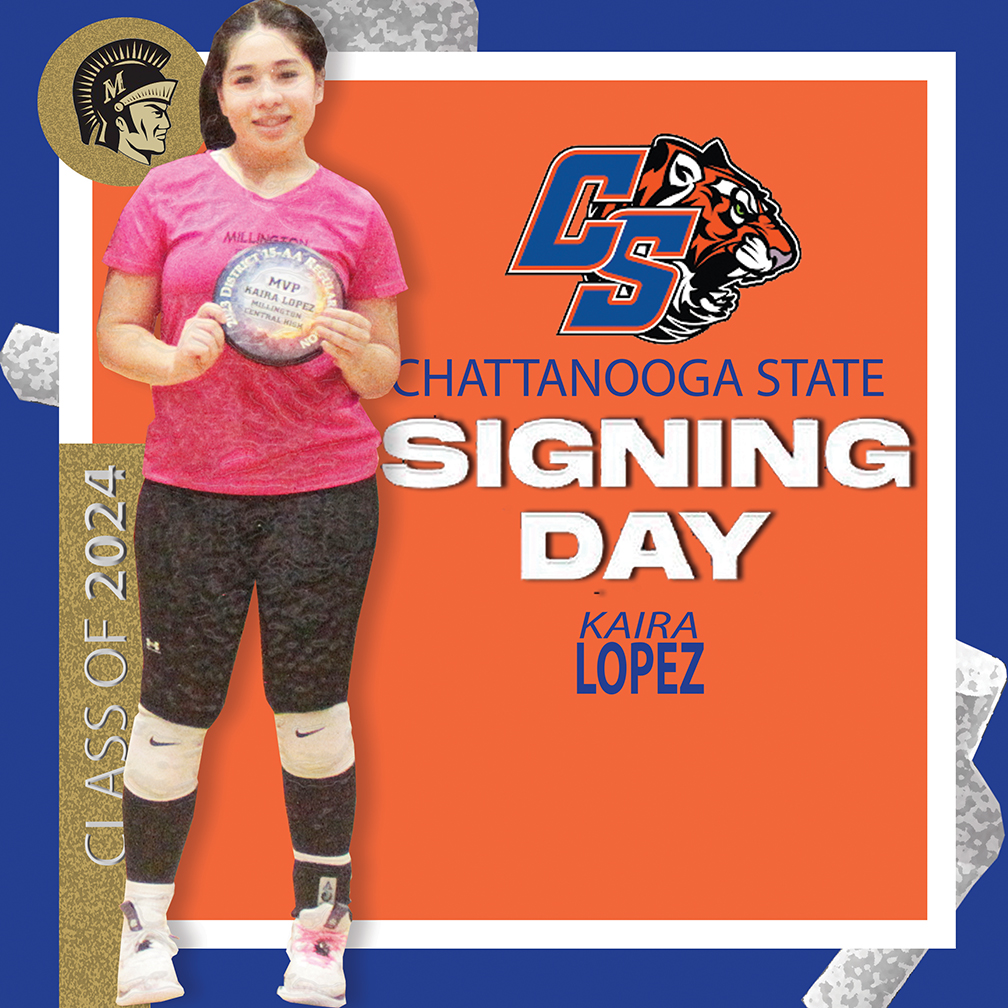By David Peel
Q. What if you get shoved off the road by a motorist who never even stops?
Tennessee law is very specific about how you can recover from your Uninsured Motorists (UM) Insurance Coverage on your car in the event of a Hit & Run. In relevant part, the Tennessee statute has three (3) requirements that must be met:
TCA §56-7-1201
(e) If the owner or operator of any motor vehicle that causes bodily injury or property damage to the insured is unknown, the insured shall have no right to recover under the uninsured motorist provision unless:
(1) (A) Actual physical contact has occurred between the motor vehicle owned or operated by the unknown person and the person or property of the insured; or
(B) The existence of the unknown motorist is established by clear and convincing evidence, other than any evidence provided by occupants in the insured vehicle;
(2) The insured or someone in the insured’s behalf has reported the accident to the appropriate law enforcement agency within a reasonable time after its occurrence; and
(3) The insured was not negligent in failing to determine the identity of the other vehicle and the owner or operator of the other vehicle at the time of the accident.
(f) No insurer shall increase the automobile insurance rate or premium of an insured with uninsured motorist coverage nor cancel the coverage due solely to the payment of any claim under uninsured motorist coverage.
“Physical contact” is a requirement in about half the states. It is there for one reason: to help prevent fraudulent claims where there was no other vehicle involved.
Example: 16 year old texting runs off road and into tree, seriously injuring himself. Scared of Dad’s reaction, he says he had to swerve to avoid a white car that crossed into his lane. Without this requirement against fraud, he could collect his medicals, pain and suffering and lost wages against the UM. He cannot in Tennessee.
States reach odd conclusions trying to apply their laws. Mississippi for instance has these two oddly dissimilar results:
Autry v. Nationwide General Ins., 948 F. Supp. 615 (S.D. Miss. 1996) (holding that there was no coverage in a case where an unidentified vehicle caused the claimant’s child to fall from his bike because there was no physical contact between the child and the vehicle.)
Papa v. Mississippi Farm Bureau Cas. Ins., 573 So. 2d 761 (Miss. 1990) (holding that a pedestrian, who was injured when he jumped off a bridge to avoid being hit by vehicle driven by uninsured motorist, was entitled to UM benefits because the negligent driver proximately caused his injuries.)
REAL LIFE TN CASE: A parked vacant vehicle without any lights was sitting in a lane of traffic at night. Plaintiff swerved to avoid striking it and lost control, crashing into a wall. Immediately thereafter, other vehicles were involved in a collision at the same location.
Under UM law in Tennessee, you now know there was a big problem: 1) there was NO physical contact with the parked vehicle nor were there any eyewitnesses to the accident.
A reporting police officer indeed found an abandoned Thunderbird that was in the road. The abandoned automobile was never struck. Neither the unlicensed car nor driver were ever identified. The high standard of proof required “clear and convincing evidence” produced by witnesses other than the occupants, obviously is a safeguard against bogus claims arising from one-vehicle accidents.
The requirement of subsection (B), clear and convincing evidence other than evidence provided by occupants in the insured vehicle, is found by the High Court to apply only to the existence of the unknown motorist. The presence of an unlighted motor vehicle on the travelled portion of a busy highway at night is certain evidence of negligence, even if it was dropped there by an alien spacecraft. That vehicle was owned by someone, and that someone is an unknown motorist within the meaning of the statute. Whether that vehicle was present when Plaintiff lost control of his vehicle and whether it was the cause of the plaintiffs’ accident are fact issues for the jury. Plaintiff’s case continued.
Peel seeks justice for those injured in tractor trailer and car accidents, medical malpractice, and disability. He often addresses churches, clubs and groups without charge. Peel may be reached through PeelLawFirm.com wherein other articles may be accessed.






